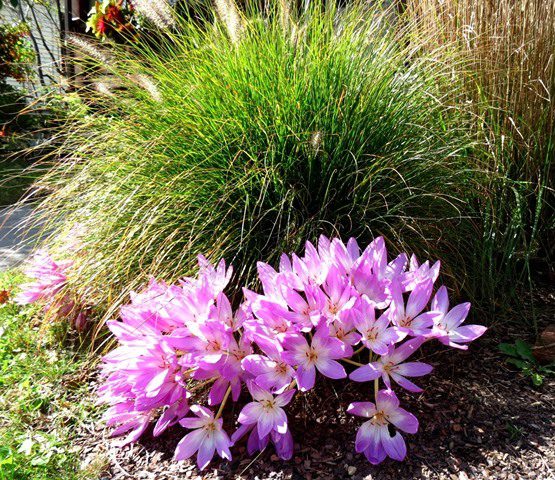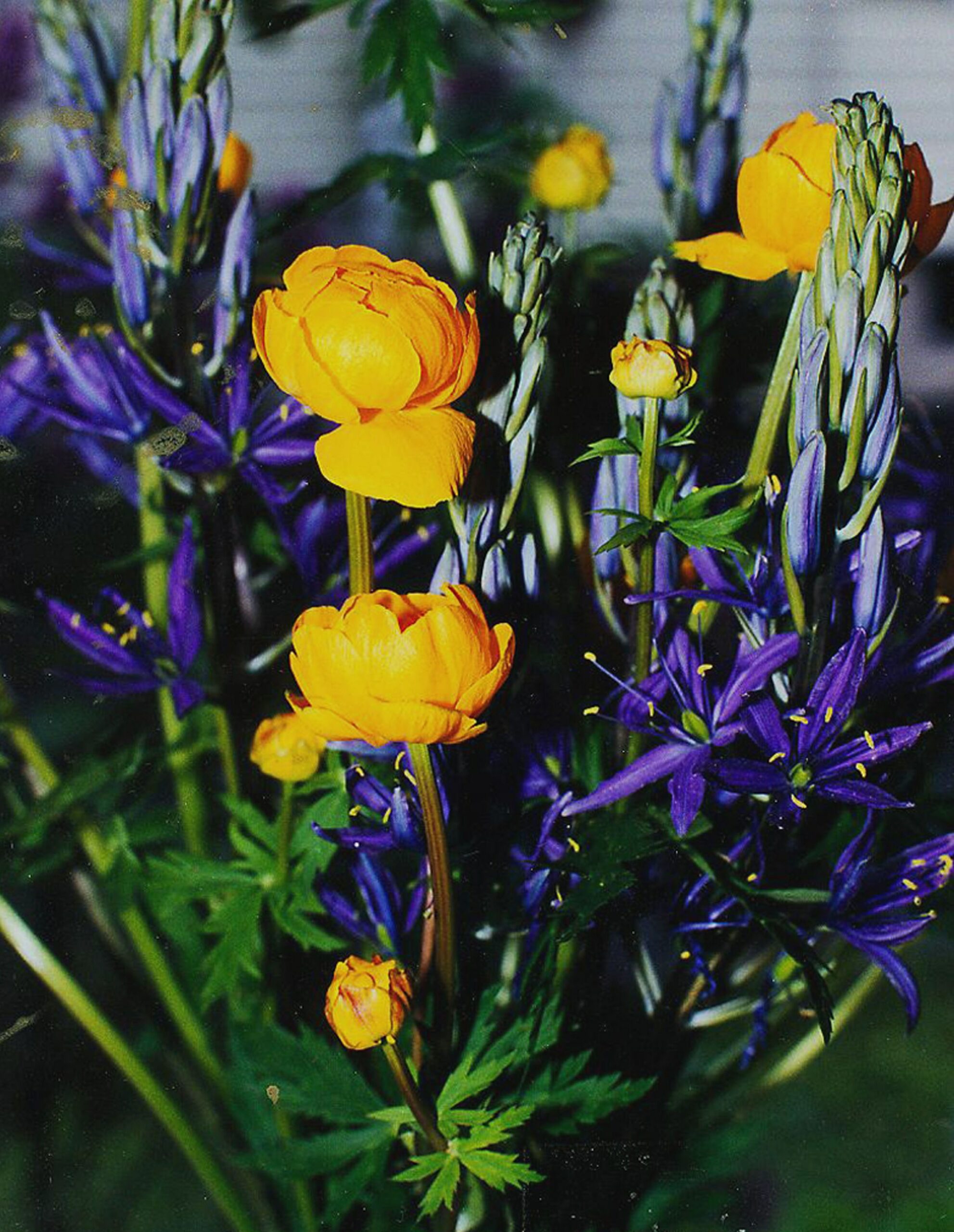
About David Burdick
David Burdick’s time working in the horticultural industry has included stints at both wholesale growing and retail nursery operations, with a nine-year run wedged in between as an educator and horticulturist at the Berkshire Botanical Garden in Stockbridge, MA. These differing venues allowed him to see, study, grow and evaluate an impressive and varied array of plants. Obsessive Collecting Tendency Syndrome also plagued him for all that time, including long bouts with Sedum, ferns, hardy bulbs, and the bromeliads.
Twenty some years ago he went off on his own and began producing many of the items that he believed remained underused or less readily available in the trade. The selections he offers through his mail order catalog are all grown on leased land at Holiday Brook Farm in Dalton, Massachusetts. There, his focus remains steadfast on producing top quality plants and bulbs for the rugged New England climate.
In his greenhouse, he raises non-hardy plants suitable for seasonal outdoor display or year-round use as houseplants. These are not yet available by mail order, but can be purchased at sales he attends as a vendor (see News and Events page). Some are also carried by a few of the nearby retail garden centers.
David also continues to be an active teacher, writer, lecturer, and consultant on a wide range of horticultural subjects. Contact him for details and available dates.

Colchicum
Colchicums
Researching new plants that I may want to offer starts with studying the written word of others in articles or catalogs, but invariably has to include a field trial where I buy as many varieties as I can find (or afford) and grow them on. I tried most of the big ball-shaped alliums and quickly decided they were not for me. The fall-blooming colchicums have been a quite different story. Flower buds magically mushroom out of the ground in September and October from oddly shaped corms (there is an extension at the bottom part of the bulb called the “foot”, from which the first roots and flower tubes emerge) and mature as clusters of 4”-8” stemmed wine goblets in every shade between rosy-pink and purple (there are some white forms too).

Trollius
Trollius
The onslaught of the Trollius just as the last daffodils are fading keeps our field clothed in bright golds, oranges, and yellows for another month or more. Commonly called globeflowers, these buttercup relatives and florist Ranunculus look-alikes are rugged perennial plants native to moist mountain meadows (mostly Asian). Full sun and well-drained soils high in organic matter for moisture retention suit them best, but they will grow perfectly well in any decent garden bed. As with most members of this plant family, a little added limestone helps too. Often you find Trollius on lists of plants for partial shade. This recommendation comes from the need for retained moisture, which the partially shaded positions help provide.

& More
The “& More” part of our name refers to the many other interesting plants we are evaluating and growing for sale besides the previously mentioned Colchicum, Trollius, and Sanguinaria canadensis ‘Multiplex’.
Our seasonal greenhouse is filled with tropical plants, scented geraniums, plus what Chanticleer Gardens’ horticulturist Dan Benarcik once called, ‘the best selection of Bromeliads north of Orlando”. As of yet, we lack the proper facilities that would make mail order possible for most of these items. The best method for discovering our other plant selections is to come to see us at one of the many enjoyable horticultural events we regularly attend as vendors.
